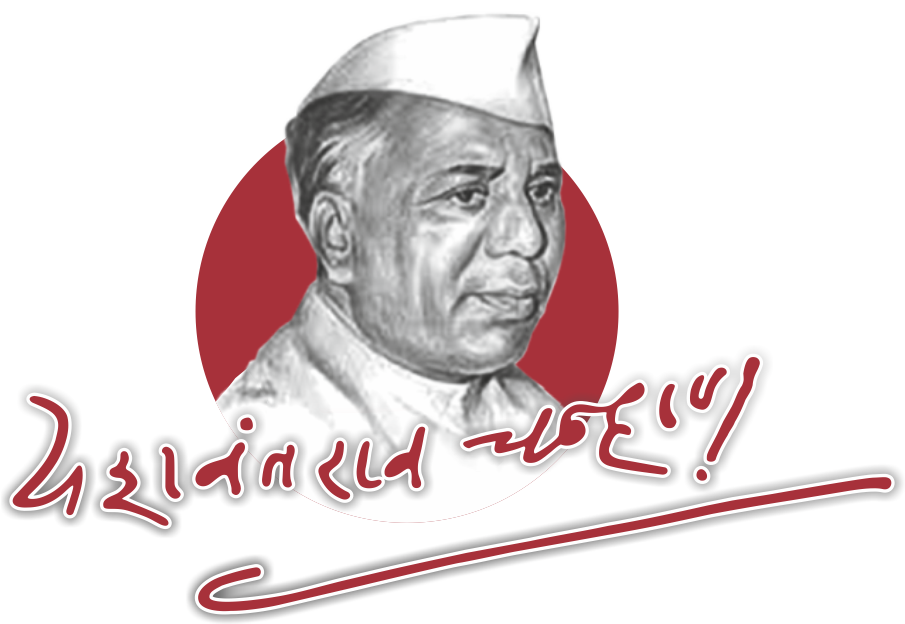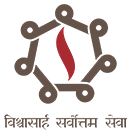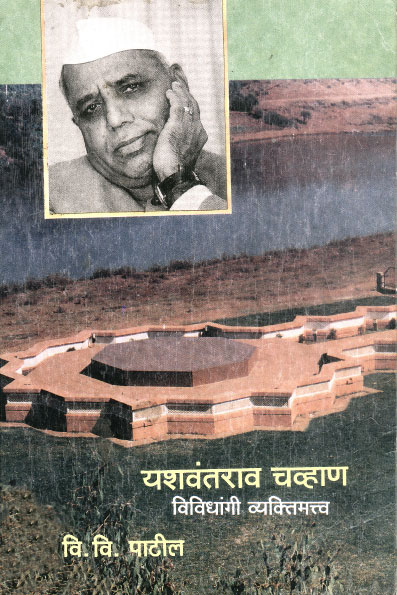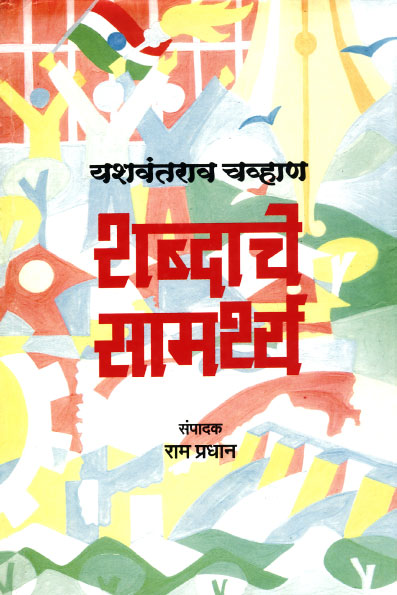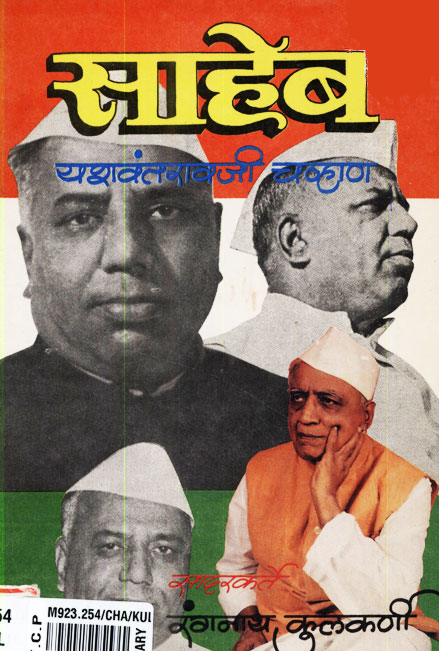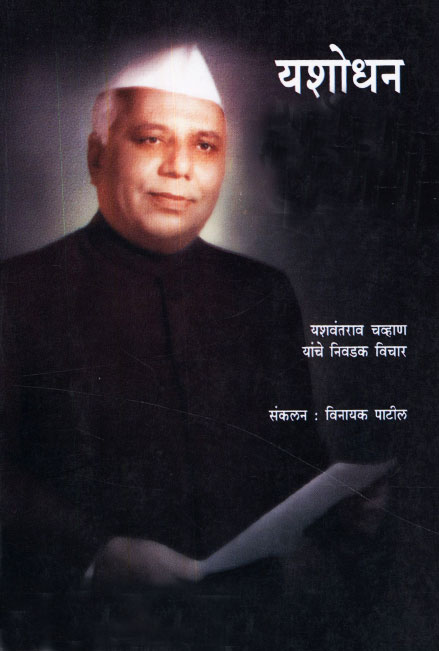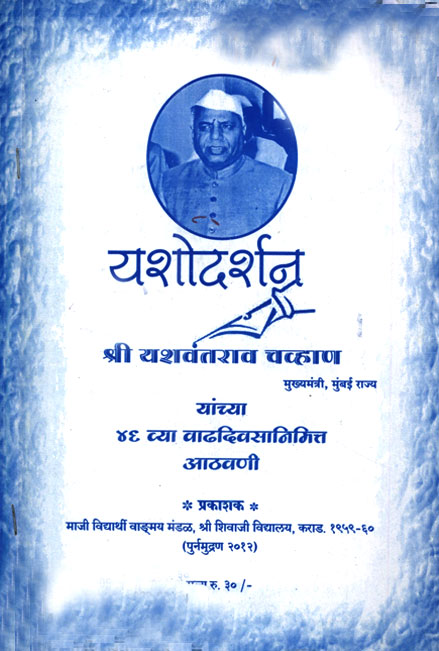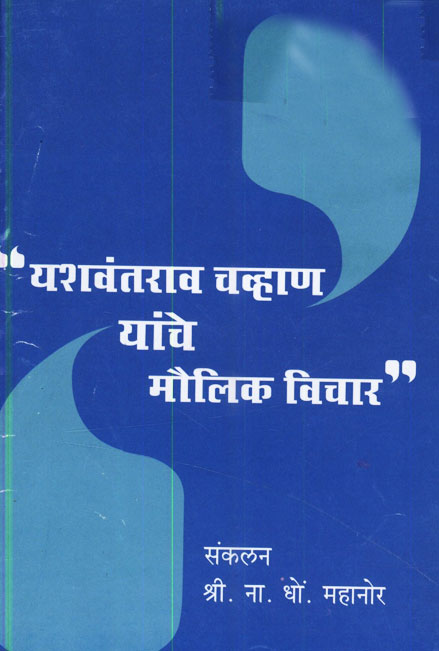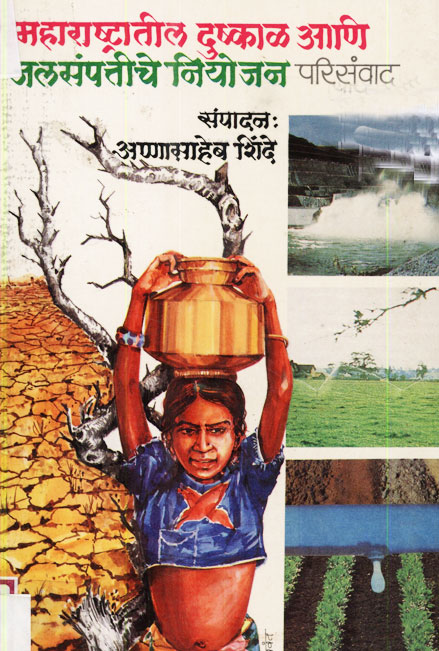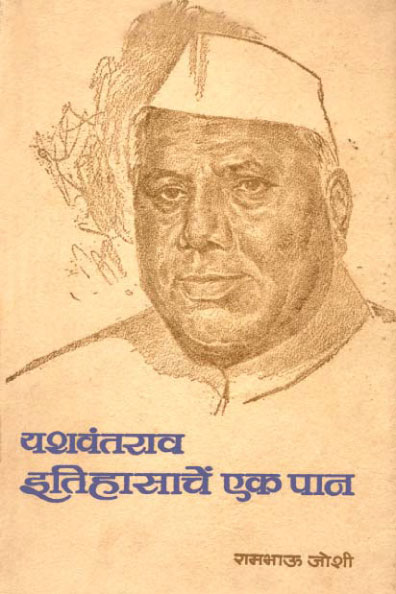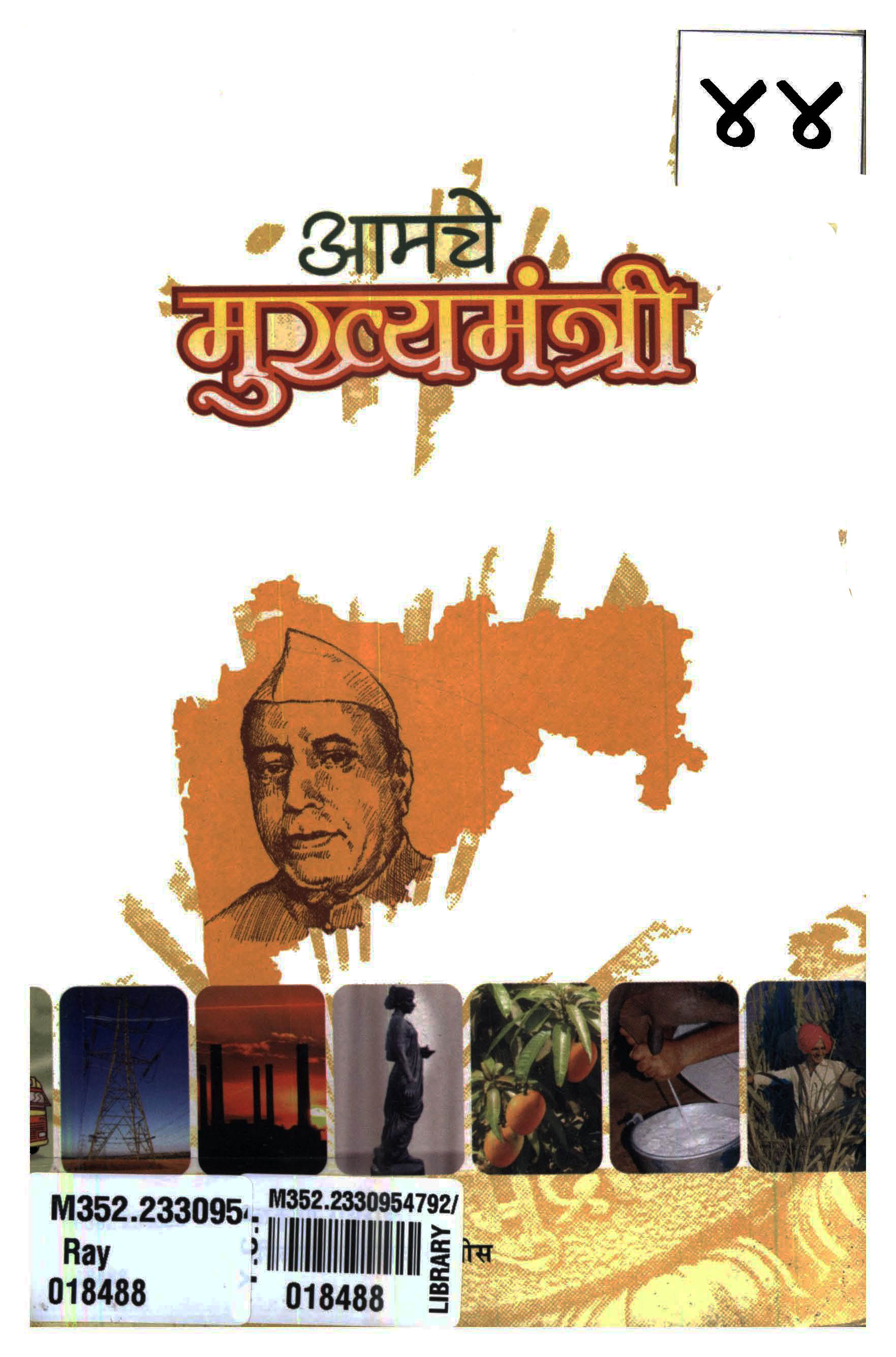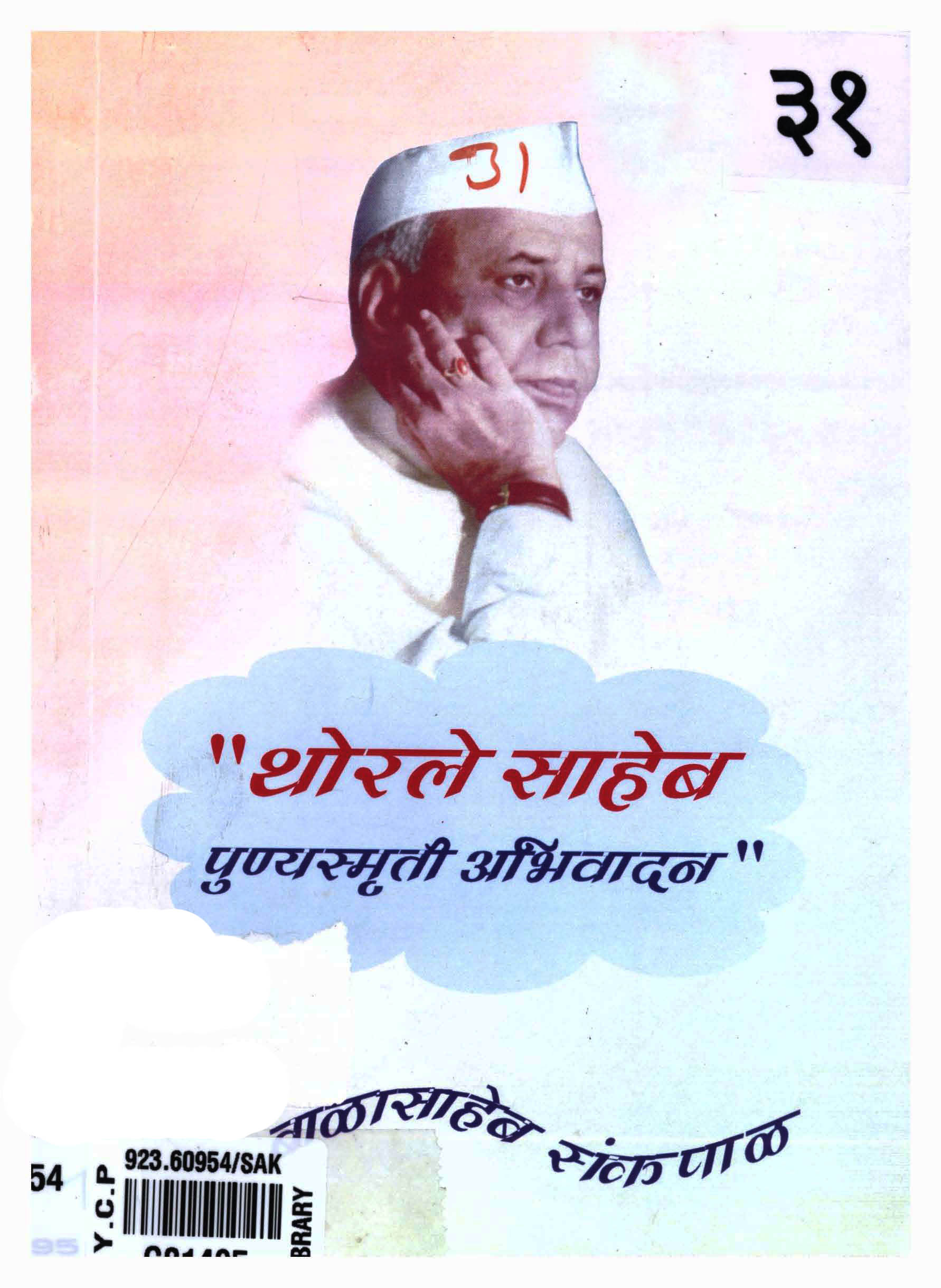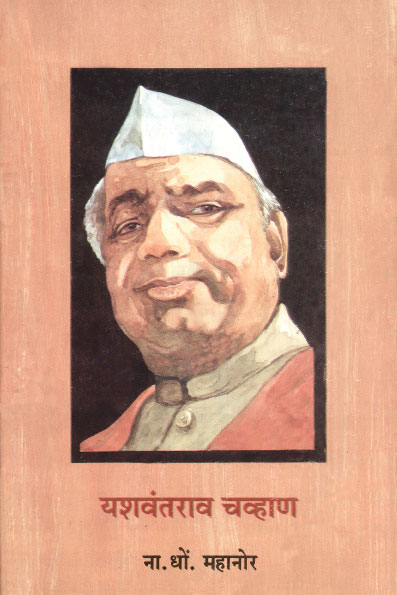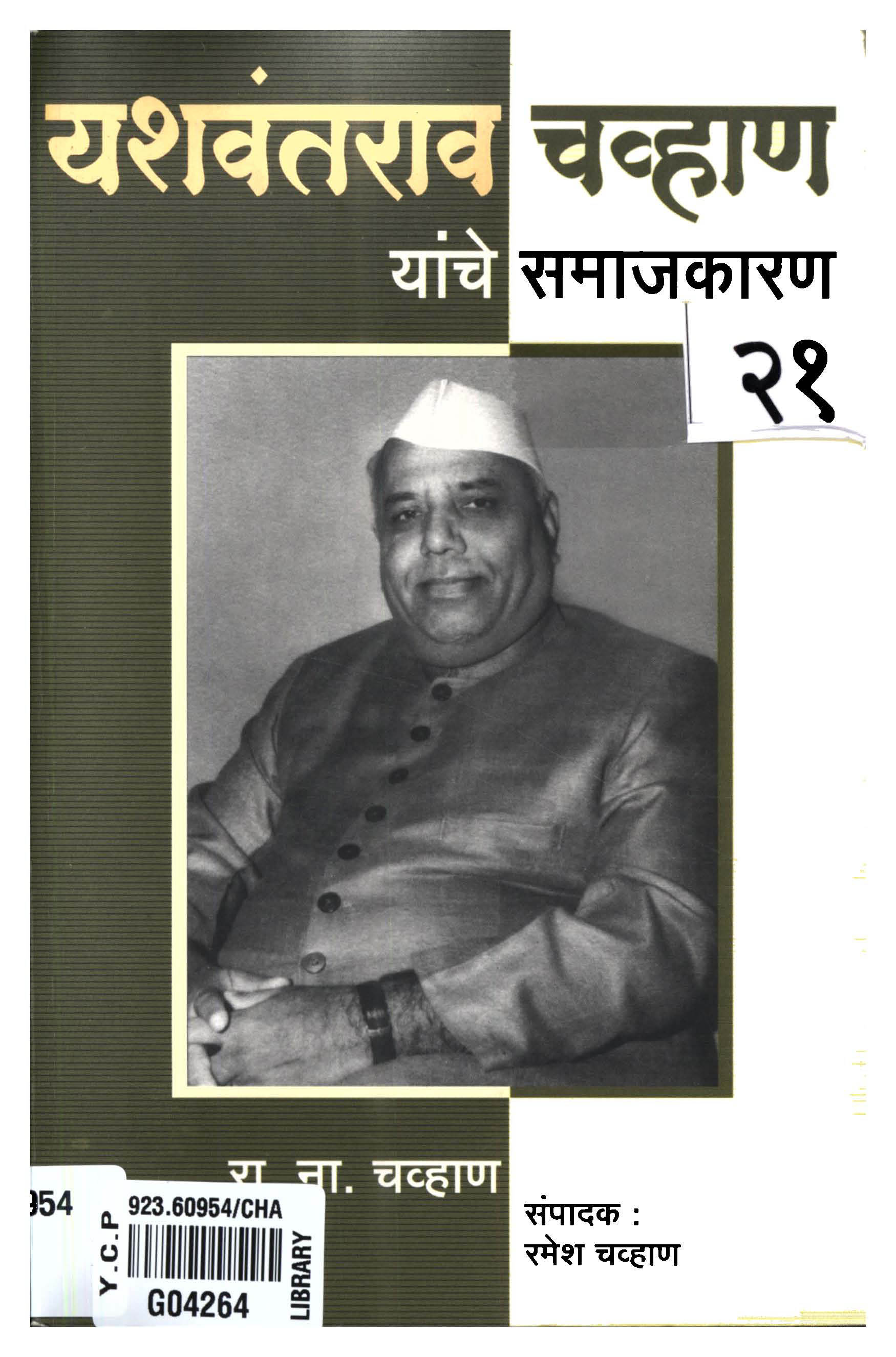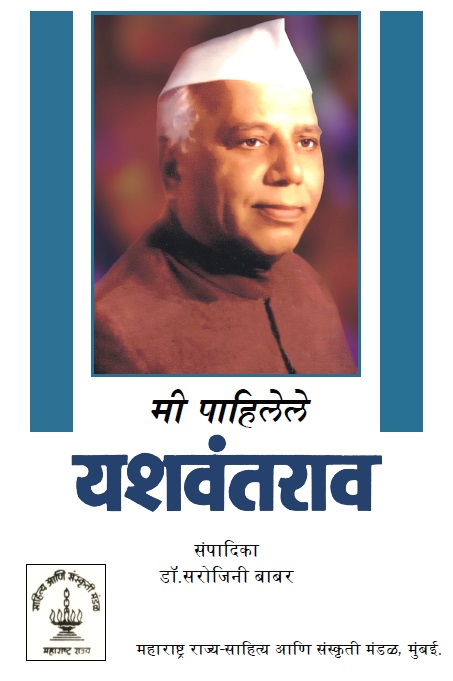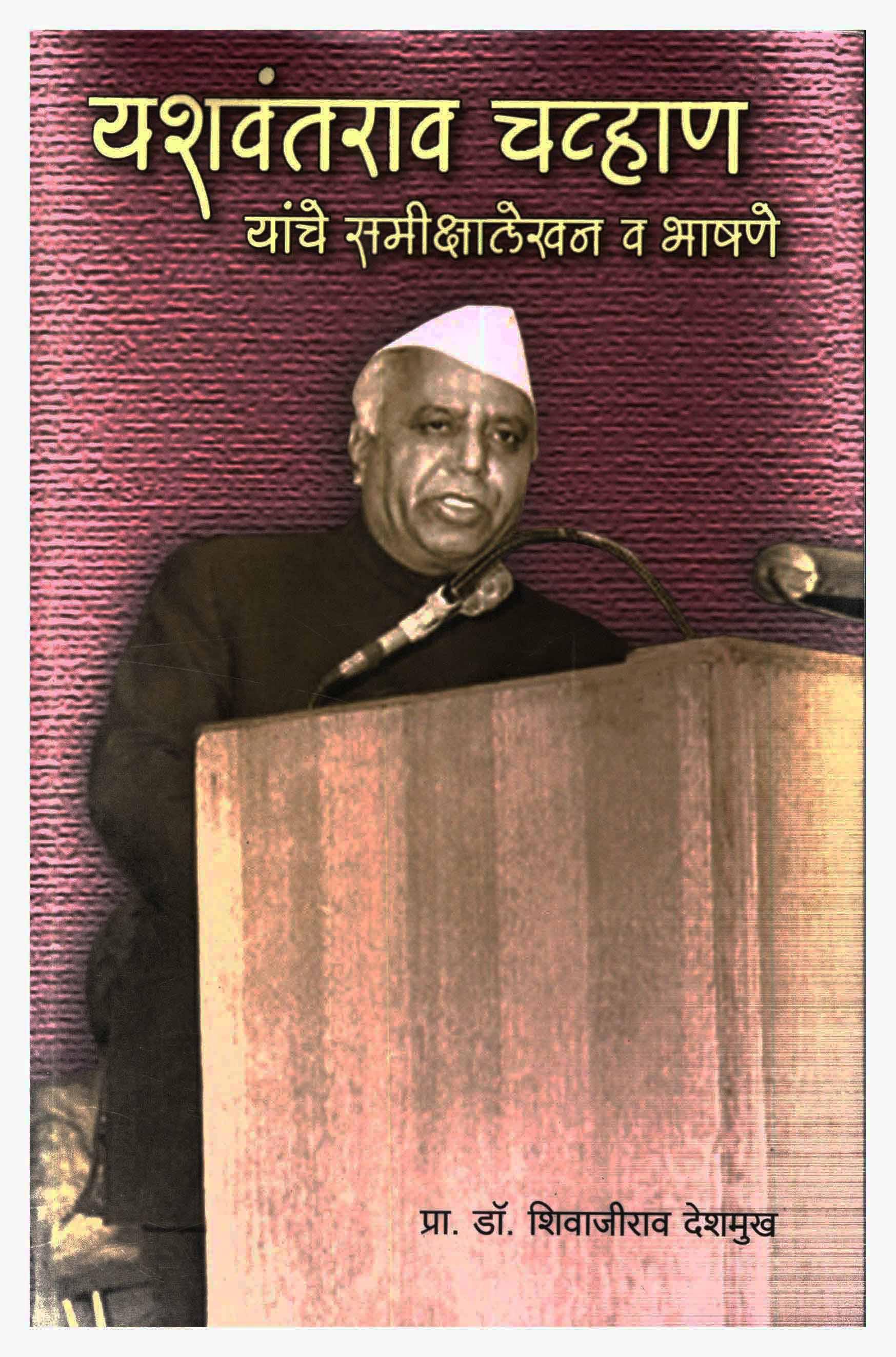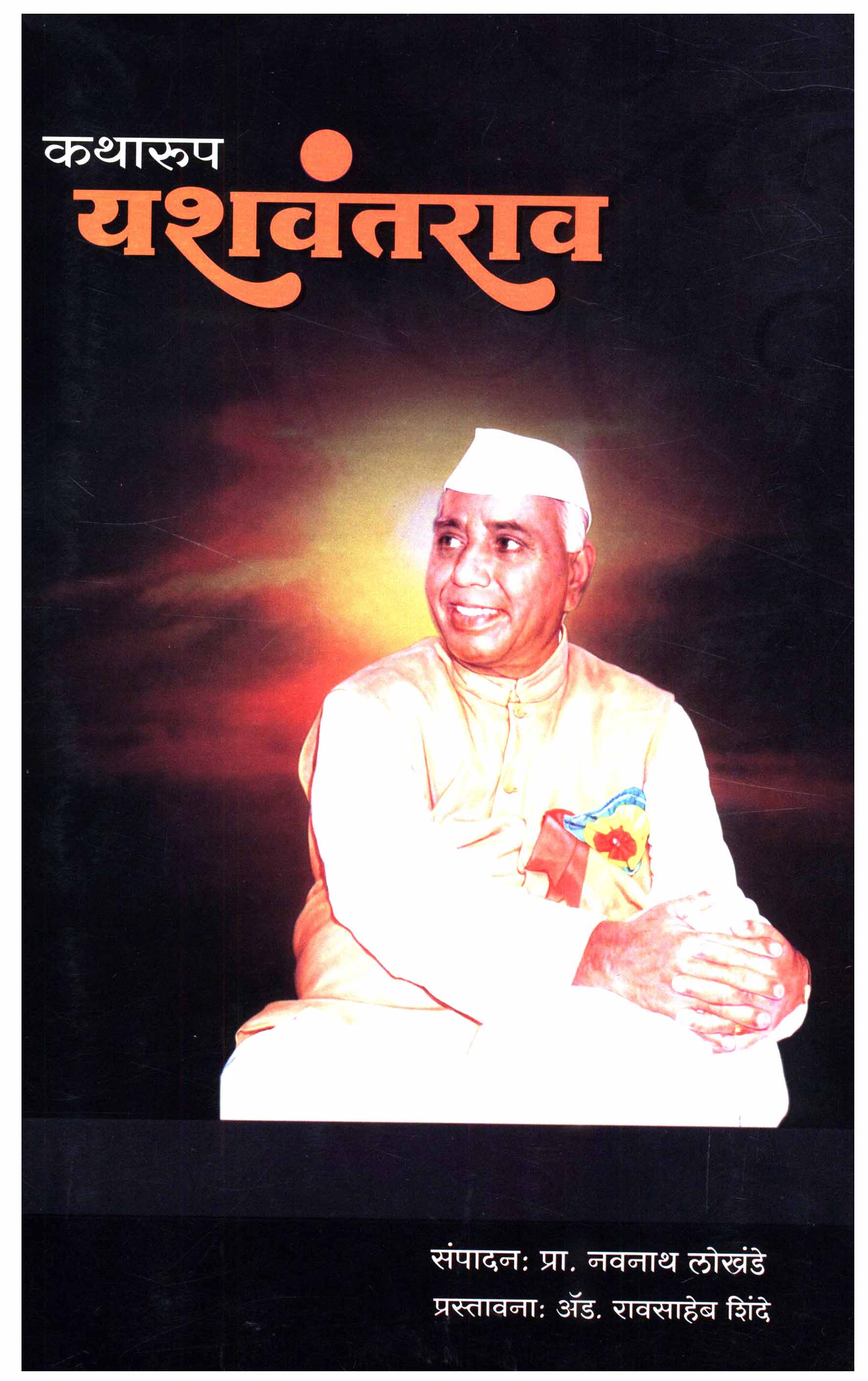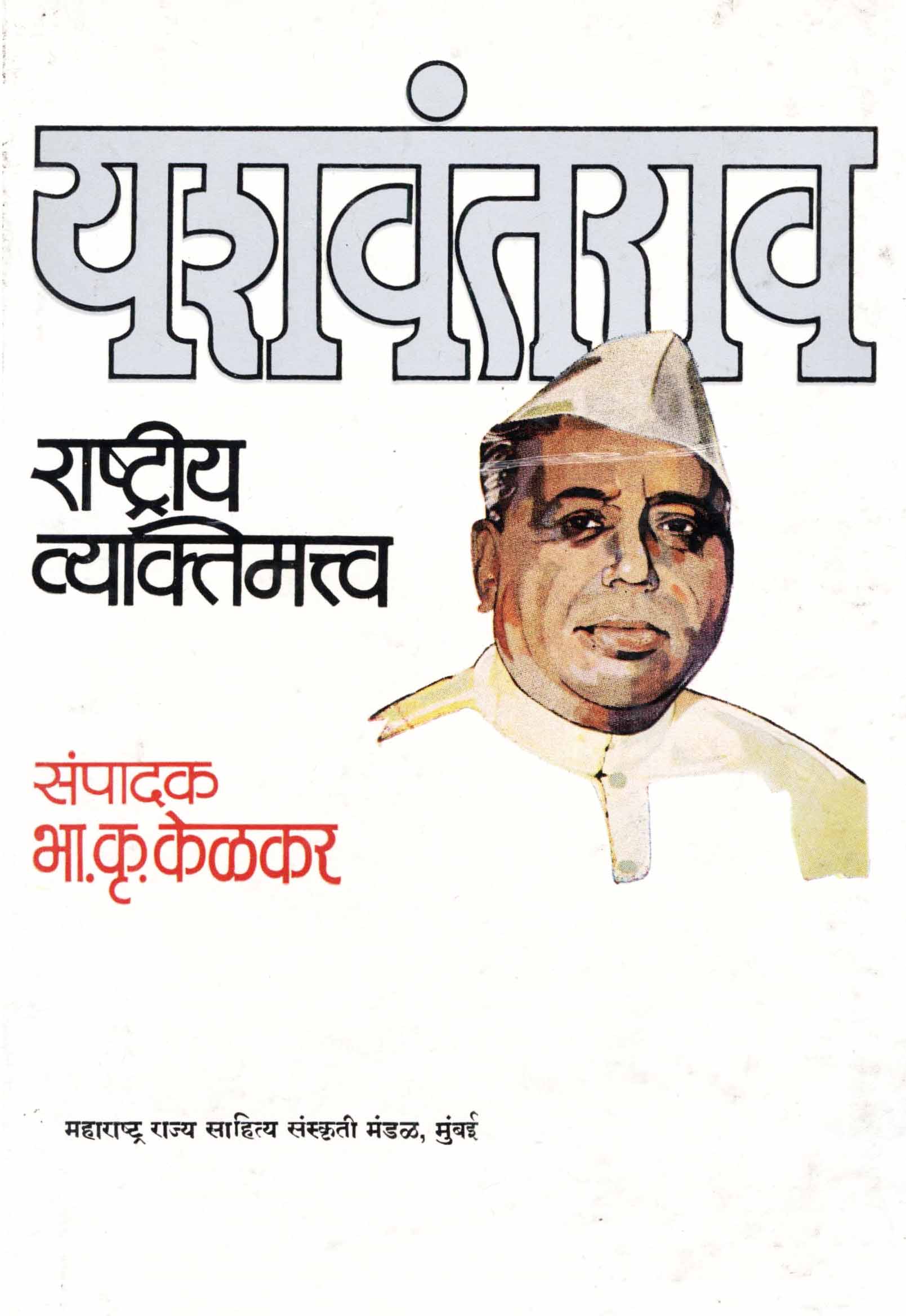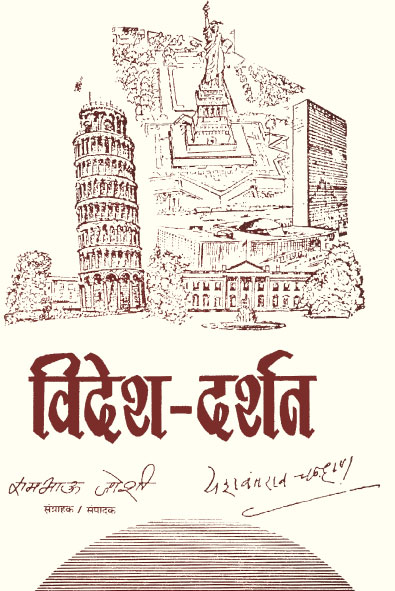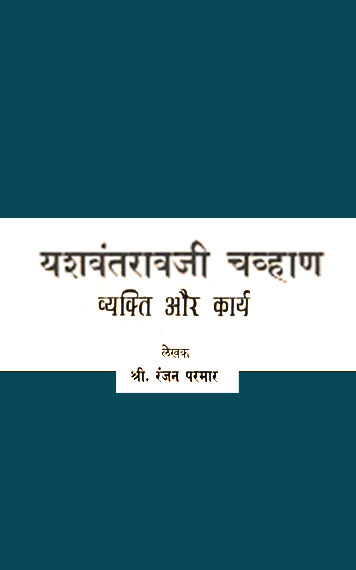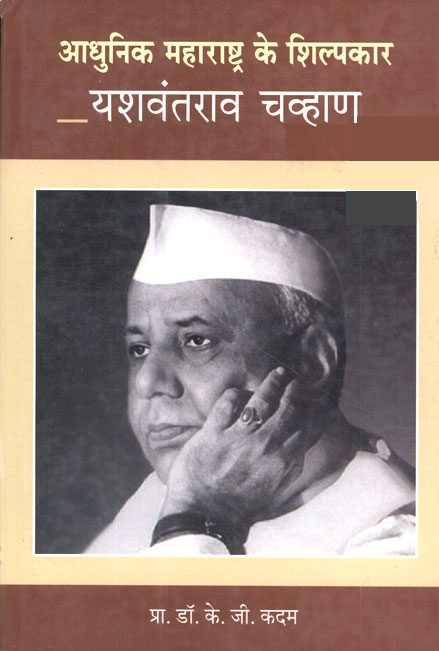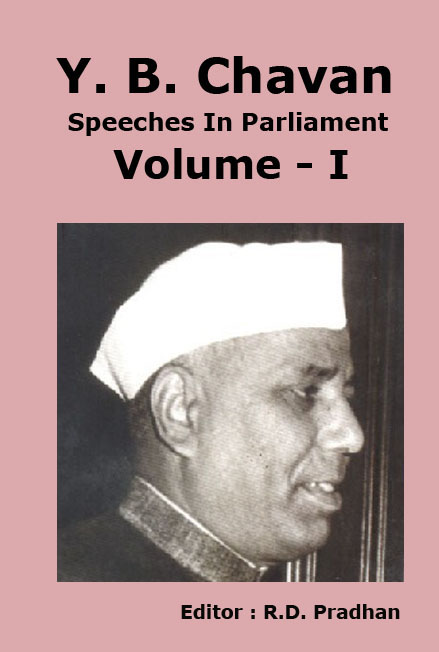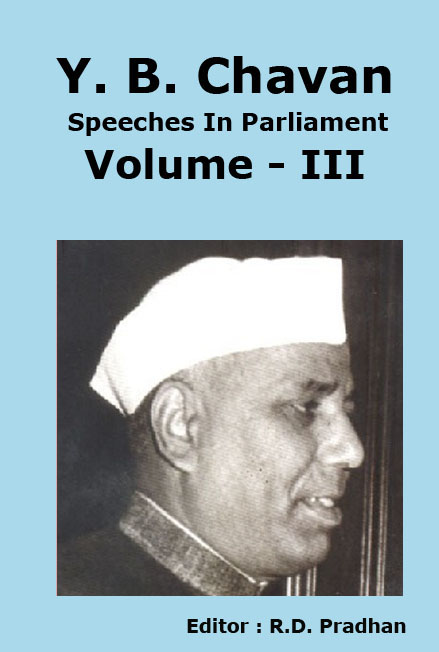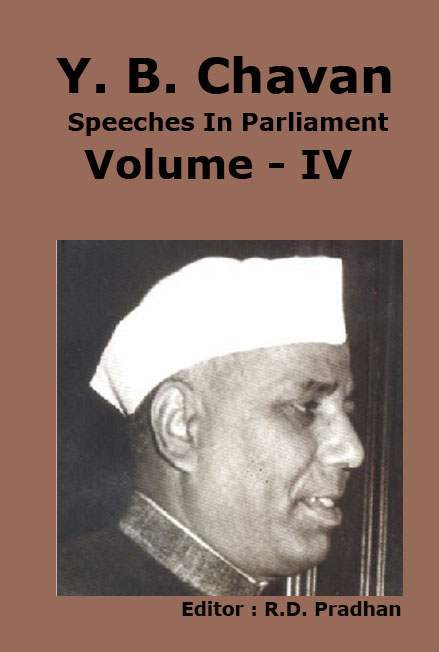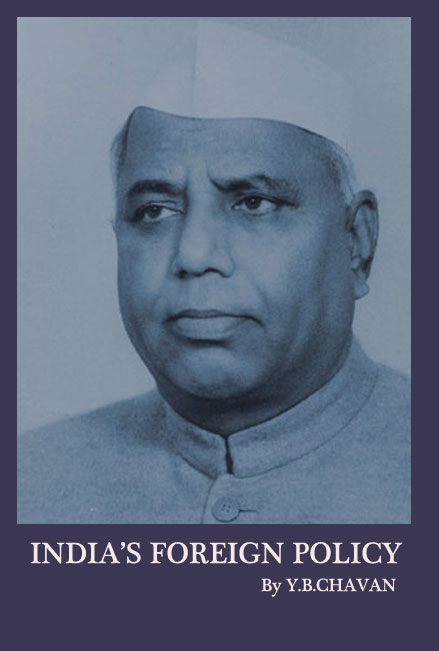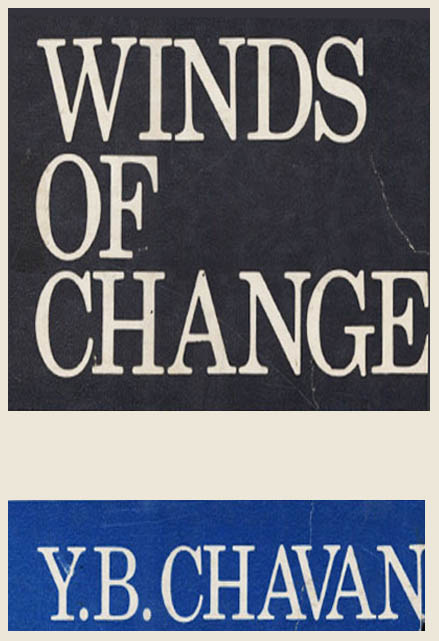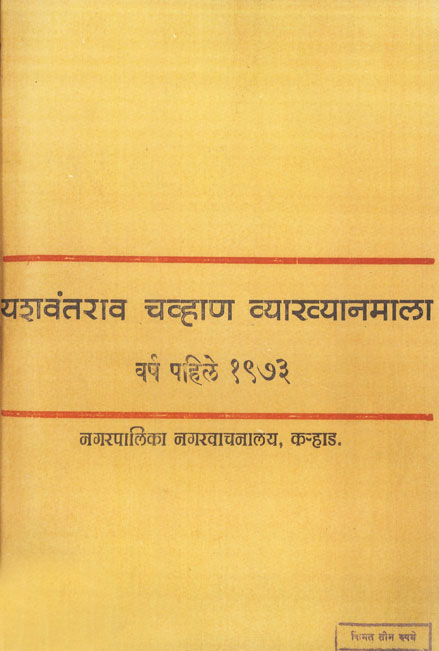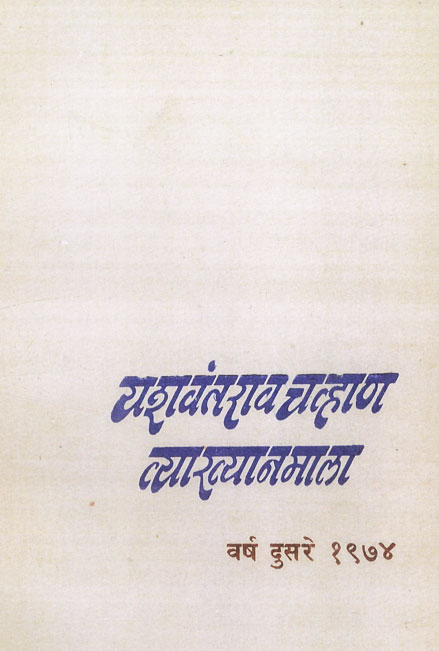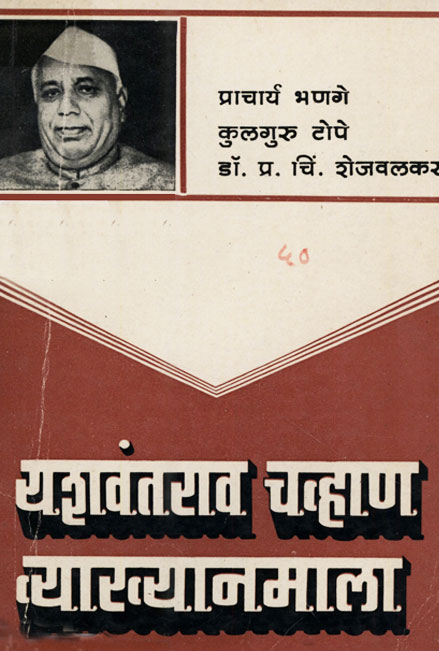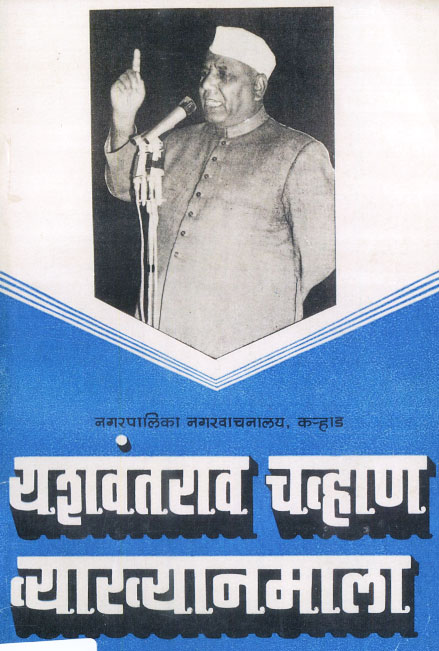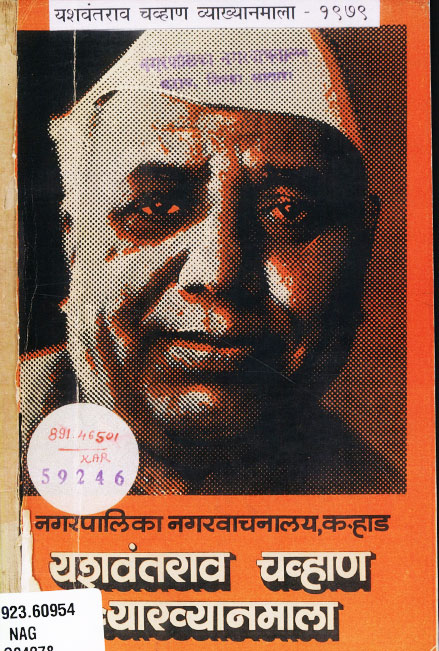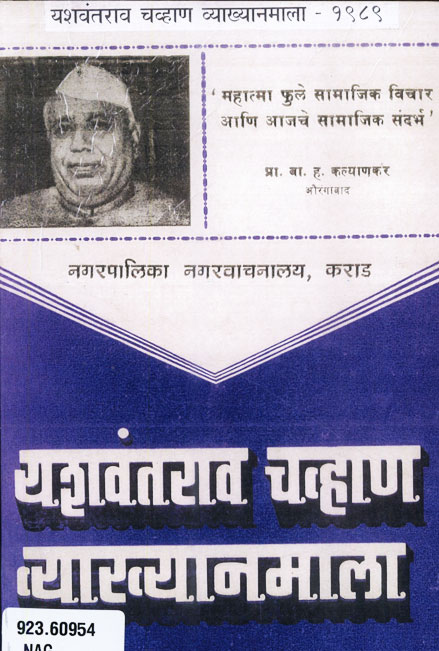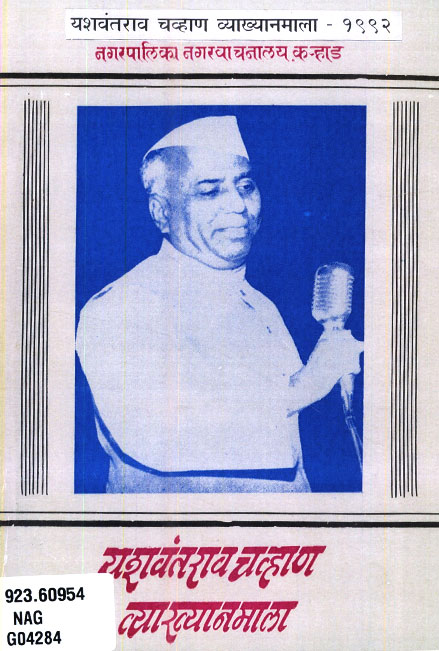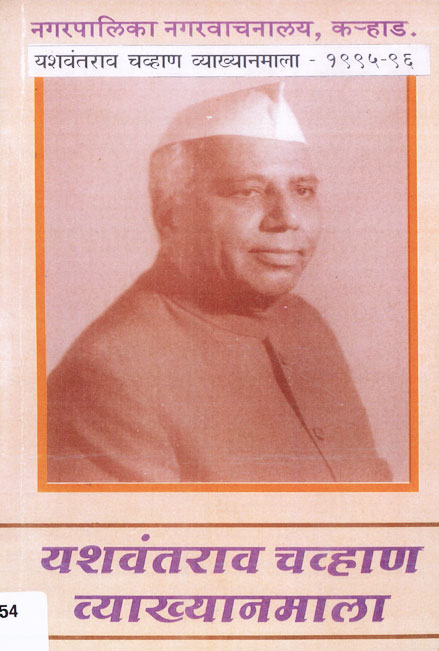It is essentially against this background that we must appraise the results achieved during the last two decades. The food production has nearly doubled during this period and the green revolution is gradually changing the very face of thousands of villages. The age-old belief that the Indian farmer is ignorant and unreceptive to the new techniques and modes and methods of production has been proved to be erroneous. The recent report of the FAO has forecast that India will soon be surplus in her requirements of food. Once we understand the role of agriculture sector in our economy, the tremendous significance and impact of this development can be realised fully. The substantial decline in food imports has enabled us to reduce our reliance on foreign aid, and we are now in a position to divert the available foreign exchange to the more urgent need of increasing the pace of industrialisation of the economy. Over the last three Five Year Plans, industry has grown substantially both in range and sophistication. From the level of production of less than a million tonnes of steel at the beginning of the fifties, the steel production has now increased to nearly 5 million tonnes. A large number of new industries have been set up so that our dependence on imports for industrial goods has been reduced considerably. Basic metals like aluminium are now being produced in the country in substantial quantities. Basic chemicals are also being produced on a large scale. Machine tools and a wide range of electrical and non-electrical machinery are also being manufactured. New consumer goods like synthetic textiles, radios, sewing machines, and electric fans are being manufactured in ever-increasing quantities. To support this rapid pace of industrialisation, substantial advances have been made in the infrastructure facilities in the country. The amount of power utilised has increased eight times from the level of 4,000 million Kwh. Nearly three times as much freight is being carried by the railways today as compared to 20 years ago. The area irrigated has increased from about 20 million hectares to about 34 million hectares. The facilities for education including higher and technical education have kept pace with the requirements of trained man-power in the various sectors of the economy. The proportion of school-going children in the age group of 6-11 has increased from 43 per cent in 1950-51 to about 77 per cent. At the end of 1967-68, there were 138 engineering and technical colleges in the whole of India with facilities sufficient to take in every year 25,000 students. There are 181 medical colleges which provide educational facilities to 61,000 students annually.
These are significant and impressive achievements and we should legitimately be proud of them. The fact, however, remains that with all this progress, there was growing dissatisfaction among the large mass of our people both about the growth being inadequate and about its fruits being unevenly distributed. Consequently, a number of new initiatives had to be taken during the last year or so, and these are vitally important in the perspective of our development. I would particularly like to draw your attention to some of the important facets of this new orientation in our policy which has made a qualitative change in our approach to the problem of economic growth. The historic decision to nationalise the 14 major commercial banks in July 1969 can perhaps be said to mark the beginning of a new economic era in this country.
